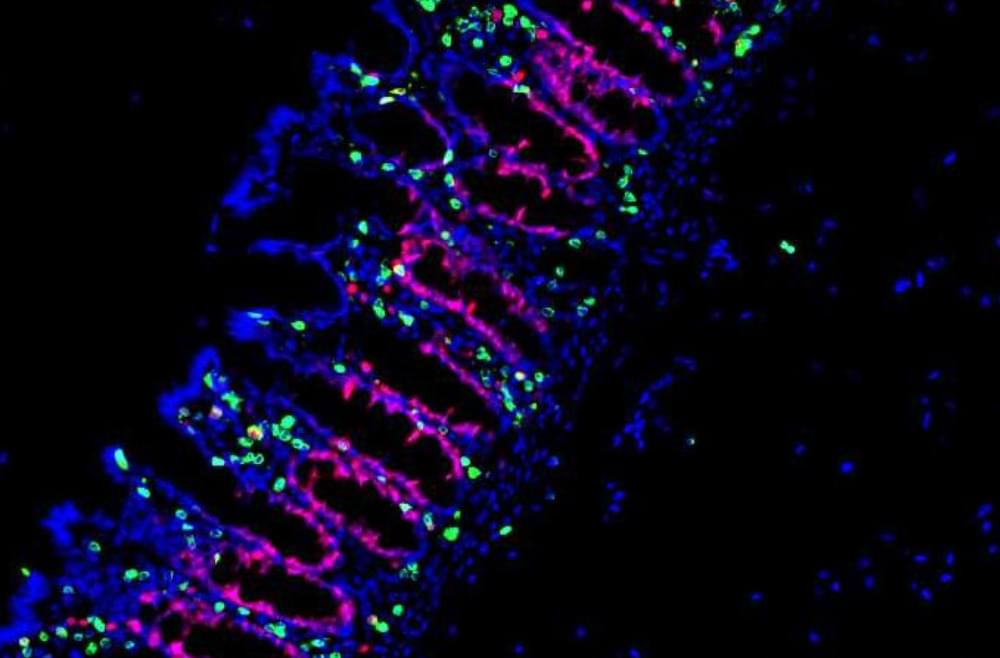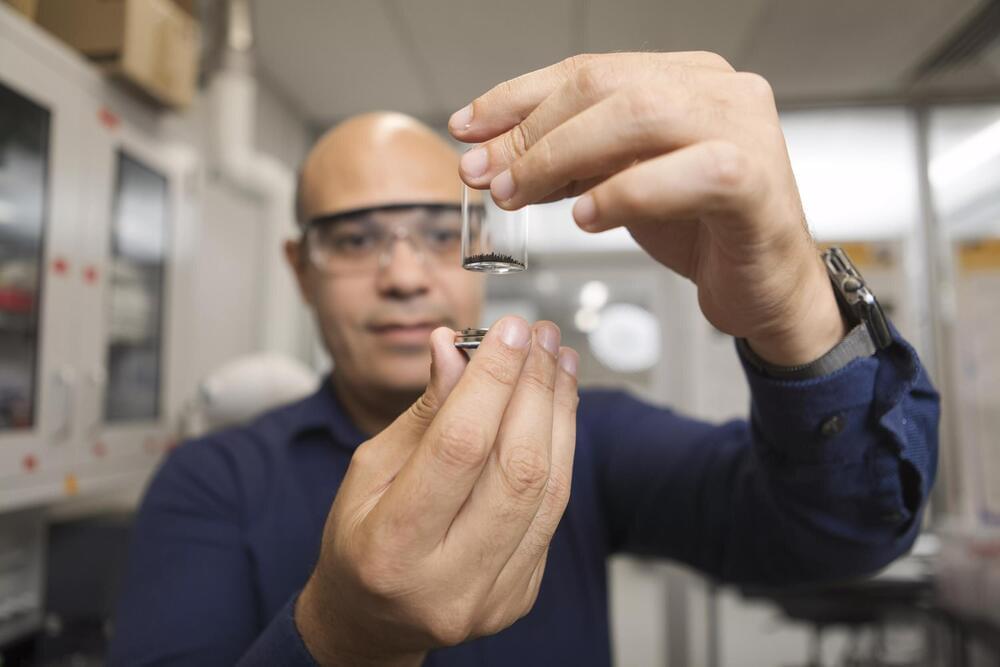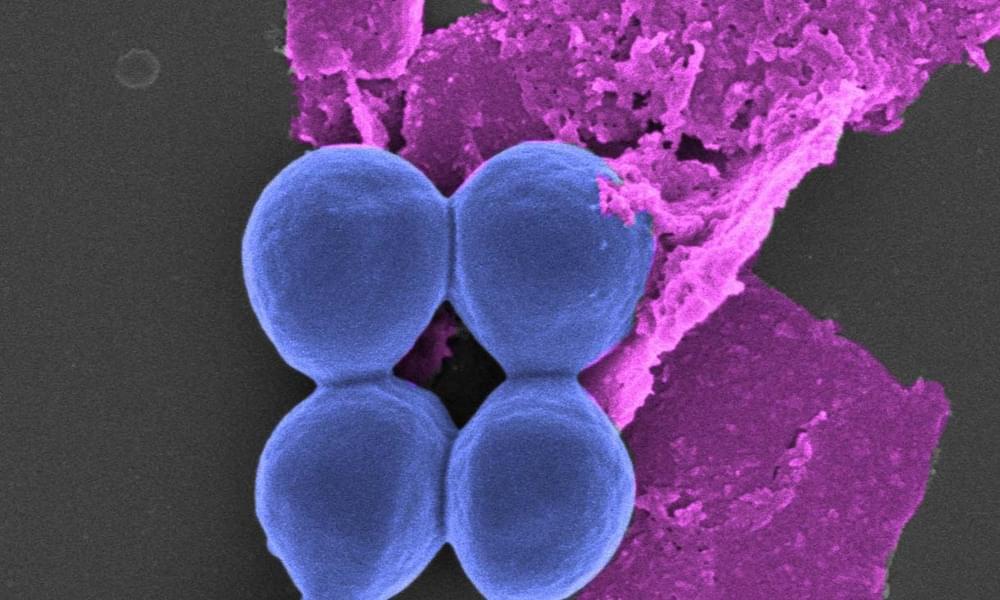Back to AI in healthcare – we’ve looked at this from a number of angles, but what about some of the pros and cons of using AI/ML systems in a clinical context? And also, what about how to conquer disease with AI models?
There’s a broader theory that AI is going to allow for trail-blazing research on everything from cancer and heart disease to trauma and bone and muscle health — and everything in between. Now, we have more defined solutions coming to the table, and they’re well worth looking at!
In this IIA talk, cardiologist Collin Stultz talks about the treatment of disorders, and new tools, starting with a dramatic emphasis on heart disease.








